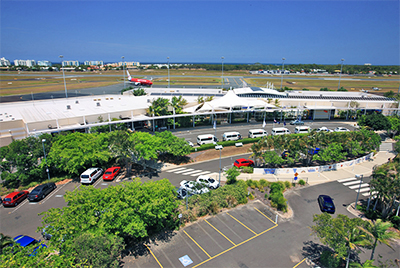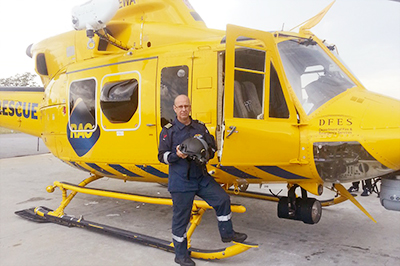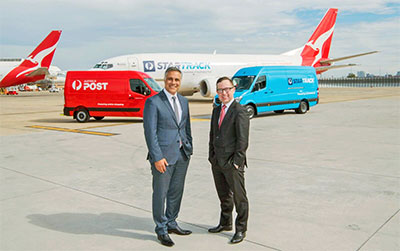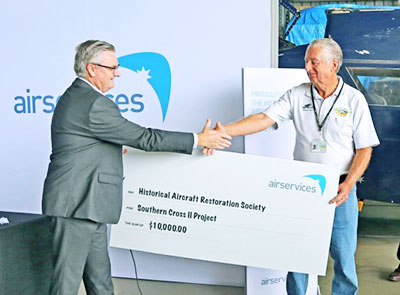DEFENCE researchers are working with the US Air Force Research Laboratory (AFRL) to develop techniques for accurate drone navigation without the use of global positioning satellite systems (GPS).
Success in this field will have immediate benefits for unmanned aerial systems (UAS) military applications and could help develop a longer-term edge for Australian UAS applications, with the eventual goal being ‘passive navigation’ capability. 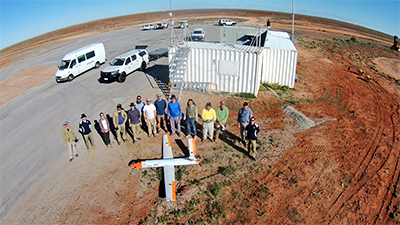
“Our aim under this project is to navigate a UAS aircraft without GPS assistance to a target location 100km away,” Australian researcher Sam Dudley said. “As part of that, to maintain range safety and for operational reasons, we need to maintain communications with the aircraft over the 100km outward journey.”
Mr Dudley specialises in trying to optimise and improve the performance of a datalink between a far-off UAS and home base.
“My work has really been examining the data link for that system and trying to keep it as reliable as possible while minimising the amount of infrastructure and complexity,” Mr Dudley said.
Mr Dudley and the team use the Woomera Test Range in the South Australian desert for these trials. The entire unmanned aerial mission must be conducted from a single launch and recovery location, to minimise the number of personnel required and to reduce infrastructure.
The team chose a flight altitude of 450m above ground to optimise safety in case of a system failure and the opportunity to capture high quality data for the on-board experimental systems.
“Reliable datalink communications are paramount to the success of our extended-range flight trials, but the trade-off we made in flying at 450m is less-than-optimal for radio communication,” Mr Dudley said.
“My paper at last year’s International Aerospace Congress presented some solutions to this problem.”
Standard testing was insufficient in predicting the performance of the datalink, as reflections from the landscape at such altitudes causes significant destructive interference in otherwise clear line-of-sight conditions. Through modelling, Mr Dudley has shown it is possible to exploit these effects in order to minimise the impact on the datalink operations.
“I presented an experimentally demonstrated solution in the paper,” Mr Dudley said.
With the datalink well on the way to being stable, the team is able to pursue its key project research focus, namely passive navigation.
“That means using available emitters, whether it be light or some other radiation source or even the polarisation of the sky to guide our UAS. In many ways we take inspiration from biology, for example migrating birds, or insects finding their way back to the hive,” Mr Dudley said.
An AFRL contingent joined Mr Dudley and colleagues at Woomera earlier this year for a successful trial, one of many such trials that have taken place.
Mr Dudley said the US defence scientists appreciated the research flexibility available at the Woomera range, and also the flexible nature of the DST auto-pilot software.
www.defence.gov.au
ends

 How to resolve AdBlock issue?
How to resolve AdBlock issue? 